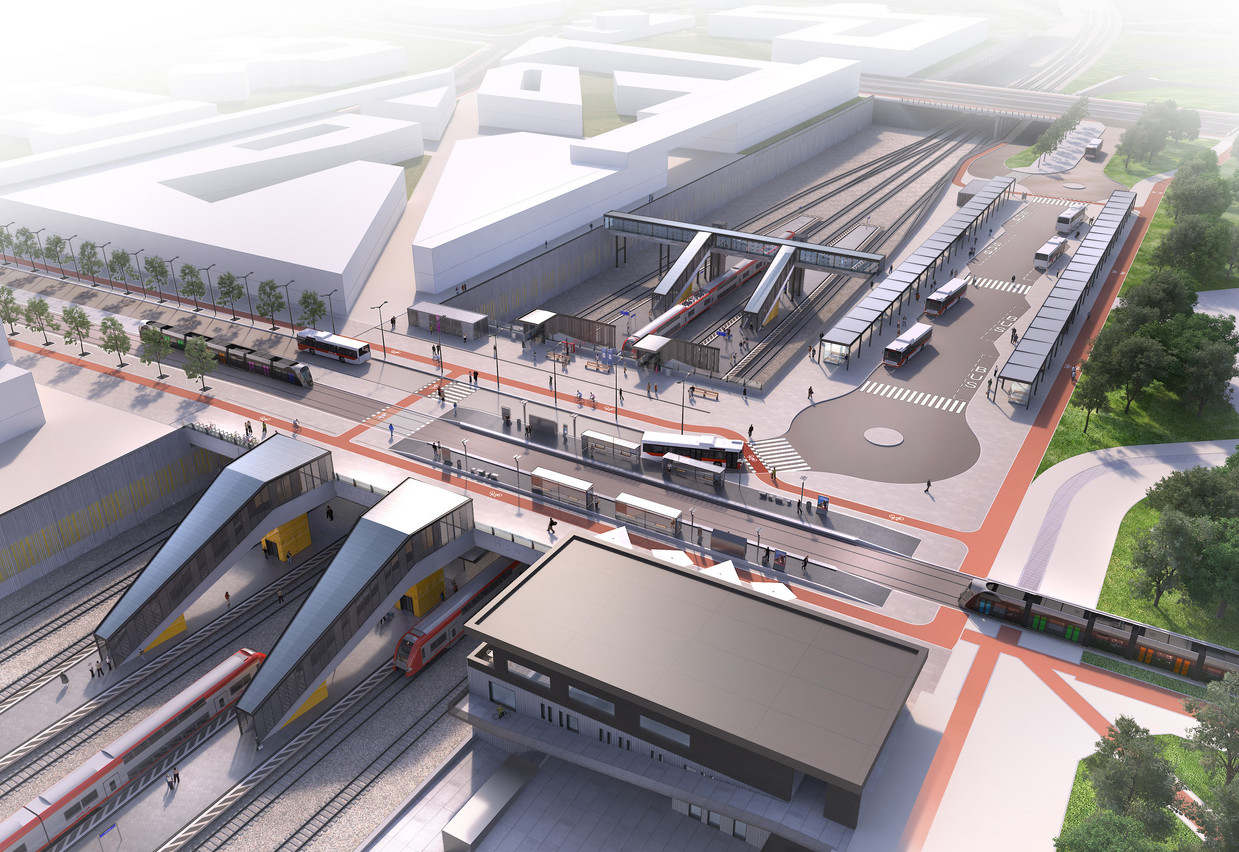On Monday the company laid bare its major projects for the coming years, outlining the huge costs while also stressing the need for an “effective mobility chain” in Luxembourg.
Demand grew by 53% from 2006 to 2016, the firm said, explaining it is investing €3.8 billion between 2013 and 2023, almost three times the previous decade (€1.3bn).
How is the money invested?
- €33 million will go into the continued policy of reducing the number of railway crossings by 10 by 2024;
- €292 million will go into commissioning the new Luxembourg-Bettembourg line by 2024;
- €247 million is to be invested in the second Pulvermühle-Luxembourg-Sandweiler viaduct;
- €215 million for the doubling of the tracks to be ready for 2019;
- €96.3 million is going into the creation of the Pfaffenthal-Kirchberg multimodal pole;
- €9 million to the Howald pole;
- €98 million to the Ettelbruck pole;
- €400 million will be used to purchase 34 new trains by 2025.
- CFL has committed to build a set of P+R car parks as part of a strategy to create car-park belts. They will be located in Ettelbruck (€14.4 million), Mersch (€17 million), Wasserbillig (€42.3 million), Rodange (€43.5 million), Bascharage-Sanem (€15 million) and Troisvierges (€12.5 million).
- A total 12 train stations are to be upgraded between 2018 and 2024 at a cost of €145 million. These include the stations at Kleinbettingen, Lorentzweiler, Cents-Hamm, Sandweiler-Contern, Bettembourg, Walferdange, Berchem, Ettelbruck, Mersch, Rodange, Capellen and Wasserbillig. The Luxembourg station will be equipped with two new platforms and four new tracks. The latter will be done gradually, with the first track to be commissioned in December 2019 and the other three in October 2021. The entire project should be completed by 2022.
Sadly, change cannot come without some disruption to normal service and further details about this will be announced in 2018.
Finally, rail users should benefit from the upgrading of stations with the introduction of real-time information display boards, at a cost of €25 million. Passengers will also be able to benefit from a new website and application for smartphones.
